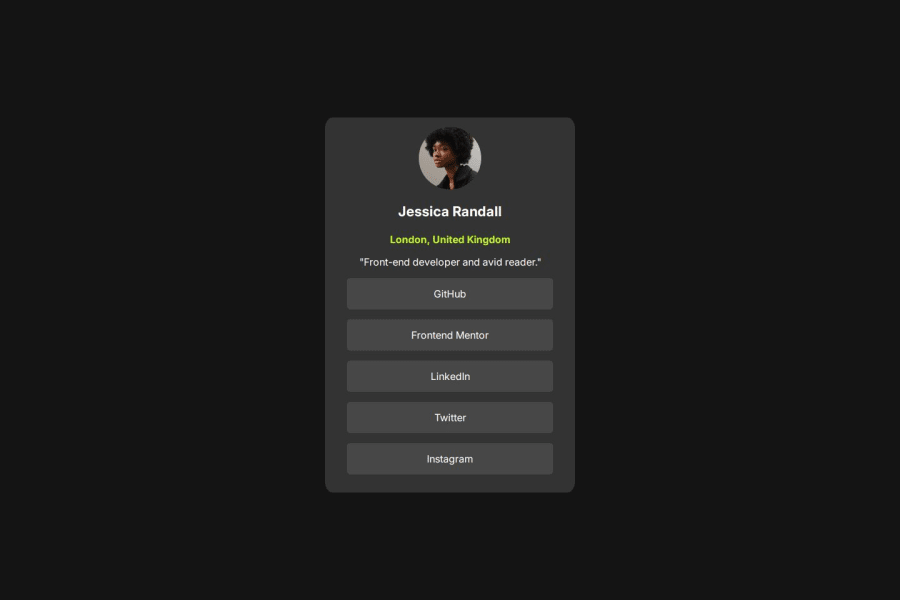
Design comparison
SolutionDesign
Solution retrospective
What are you most proud of, and what would you do differently next time?
I tried to use classes for manipulating CSS rather than using inline CSS.
What challenges did you encounter, and how did you overcome them?Locating the items to the center is hard thing to do. I used display block command and adding margin:0 auto command rather than display flex.
What specific areas of your project would you like help with?It would be great if you check my coding logic, responsiveness, and give feedback which parts I can improve.
Community feedback
Please log in to post a comment
Log in with GitHubJoin our Discord community
Join thousands of Frontend Mentor community members taking the challenges, sharing resources, helping each other, and chatting about all things front-end!
Join our Discord
